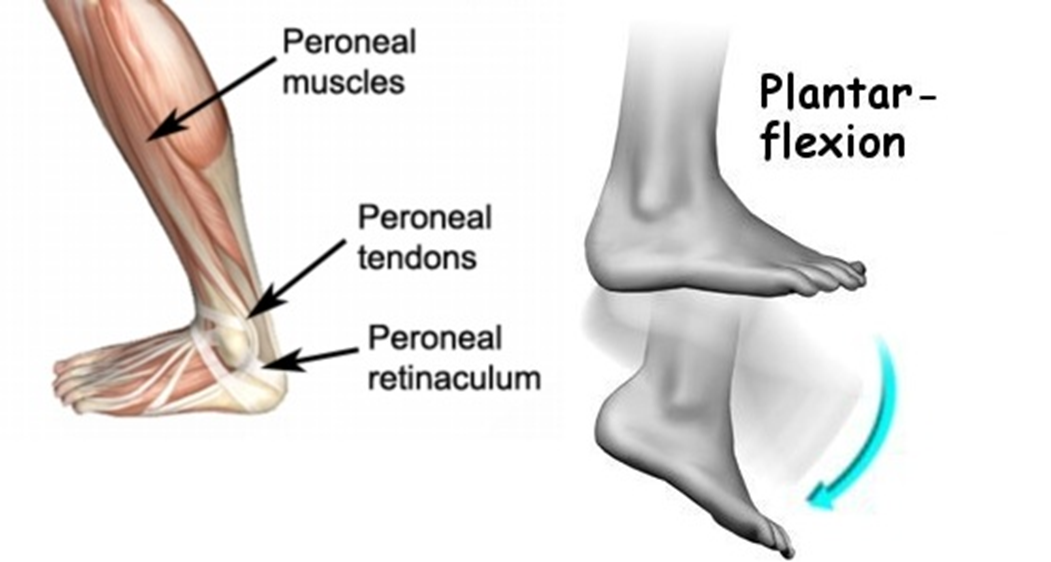A client with a history of seizures is scheduled for an electroencephalogram (EEG). Which instruction does the nurse give the client before the test?
You may bring some music to listen to for distraction.
Do not take any sedatives 12 to 24 hours before the test.
You will need to have someone to drive you home.
Please do not have anything to eat or drink after midnight.
The Correct Answer is B
Choice A: You May Bring Some Music to Listen to for Distraction
Bringing music for distraction is generally not a standard instruction given before an EEG. While listening to music might help some patients relax, it is not a critical part of the preparation for the test. The primary focus of EEG preparation is to ensure accurate readings of brain activity, which can be influenced by various factors such as medication and sleep.
Choice B: Do Not Take Any Sedatives 12 to 24 Hours Before the Test
Avoiding sedatives before an EEG is crucial because these medications can alter brain activity and affect the test results. Sedatives can suppress the electrical activity in the brain, leading to inaccurate readings. Therefore, it is essential for patients to avoid taking any sedatives 12 to 24 hours before the test to ensure the EEG captures the brain’s natural activity.
Choice C: You Will Need to Have Someone to Drive You Home
This instruction is typically given if the patient is expected to be sedated or if the test involves procedures that might impair their ability to drive. However, for a standard EEG, patients are usually not sedated, and there is no need for someone to drive them home. This instruction is more relevant for other types of medical procedures that involve sedation.
Choice D: Please Do Not Have Anything to Eat or Drink After Midnight
Fasting is not a standard requirement for an EEG. Patients are generally allowed to eat and drink before the test. However, they are often advised to avoid caffeine as it can affect brain activity. The instruction to avoid food and drink after midnight is more commonly associated with procedures that require anesthesia or sedation, not an EEG.
Nursing Test Bank
Naxlex Comprehensive Predictor Exams
Related Questions
Correct Answer is D
Explanation
Choice A Reason:
Pronation of the hands.
Pronation of the hands is not typically associated with decorticate posturing. Decorticate posturing is characterized by the flexion of the arms and wrists, with the hands often clenched into fists. Pronation refers to the rotation of the hands so that the palms face downward, which is not a feature of decorticate posturing.
Choice B Reason:
Extension of the arms.
Extension of the arms is more characteristic of decerebrate posturing, not decorticate posturing. In decorticate posturing, the arms are flexed and held tightly to the chest, not extended. This flexion is due to damage to the cerebral hemispheres, which affects the corticospinal tract.
Choice C Reason:
External rotation of the lower extremities.
External rotation of the lower extremities is not a typical finding in decorticate posturing. In decorticate posturing, the legs are usually extended and rigid, with the toes pointed. External rotation would indicate a different type of posturing or neurological condition.
Choice D Reason:
Plantar flexion of the legs.
Plantar flexion of the legs is a characteristic finding in decorticate posturing. This involves the toes pointing downward, which is a result of the increased muscle tone and reflexes due to the brain injury. This posture indicates severe damage to the brain, specifically the corticospinal tract.

Correct Answer is B
Explanation
Choice A reason: Consuming a high-protein diet is not typically recommended for clients with hepatitis B. While protein is essential for overall health, excessive protein intake can put additional strain on the liver. Instead, a balanced diet with adequate carbohydrates, fruits, and vegetables is advised to support liver function.
Choice B reason: Resting frequently throughout the day is crucial for clients with hepatitis B. The liver is responsible for many vital functions, including detoxification, protein synthesis, and the production of biochemicals necessary for digestion. When the liver is inflamed or damaged, as in hepatitis B, it needs ample rest to recover and function properly.
Choice C reason: Clients with hepatitis B should not donate blood. Hepatitis B is a bloodborne virus, and donating blood can transmit the infection to others. Blood donation guidelines strictly prohibit individuals with hepatitis B from donating blood, regardless of the time elapsed since completing medication.
Choice D reason: Taking acetaminophen every 4 hours for discomfort is not advisable for clients with hepatitis B. Acetaminophen is metabolized by the liver, and excessive use can lead to liver damage. Clients with liver conditions should use acetaminophen sparingly and under medical supervision to avoid exacerbating liver damage.
Whether you are a student looking to ace your exams or a practicing nurse seeking to enhance your expertise , our nursing education contents will empower you with the confidence and competence to make a difference in the lives of patients and become a respected leader in the healthcare field.
Visit Naxlex, invest in your future and unlock endless possibilities with our unparalleled nursing education contents today
Report Wrong Answer on the Current Question
Do you disagree with the answer? If yes, what is your expected answer? Explain.
Kindly be descriptive with the issue you are facing.
